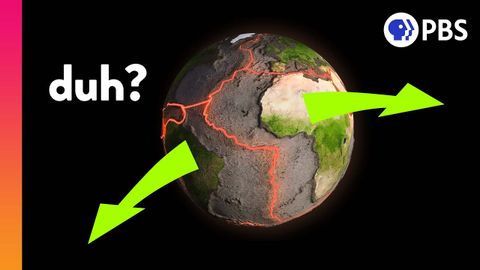合久必分,分久必合。板塊移動的奧妙之處? (How Do We Know Plate Tectonics Is Real?)
Liang Chen 發佈於 2019 年 05 月 28 日  沒有此條件下的單字
沒有此條件下的單字US /ˈɑbviəs/
・
UK /ˈɒbviəs/
- adj.明顯的;顯而易見的 ;顯而易見的;明目張膽的
- n. (c./u.)範本;典範;圖案;花樣;模式;方式;規律;紙樣
- v.t.仿造;用圖案裝飾
US /ˈɛvɪdəns/
・
UK /'evɪdəns/
- n. (u.)證據;證據 (法律)
- v.t.表明;證明
US /ˈkɑnˌsɛpt/
・
UK /'kɒnsept/
